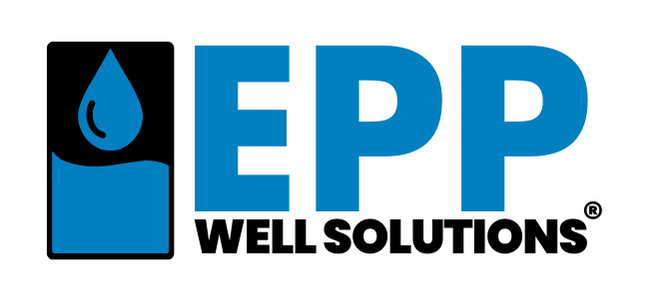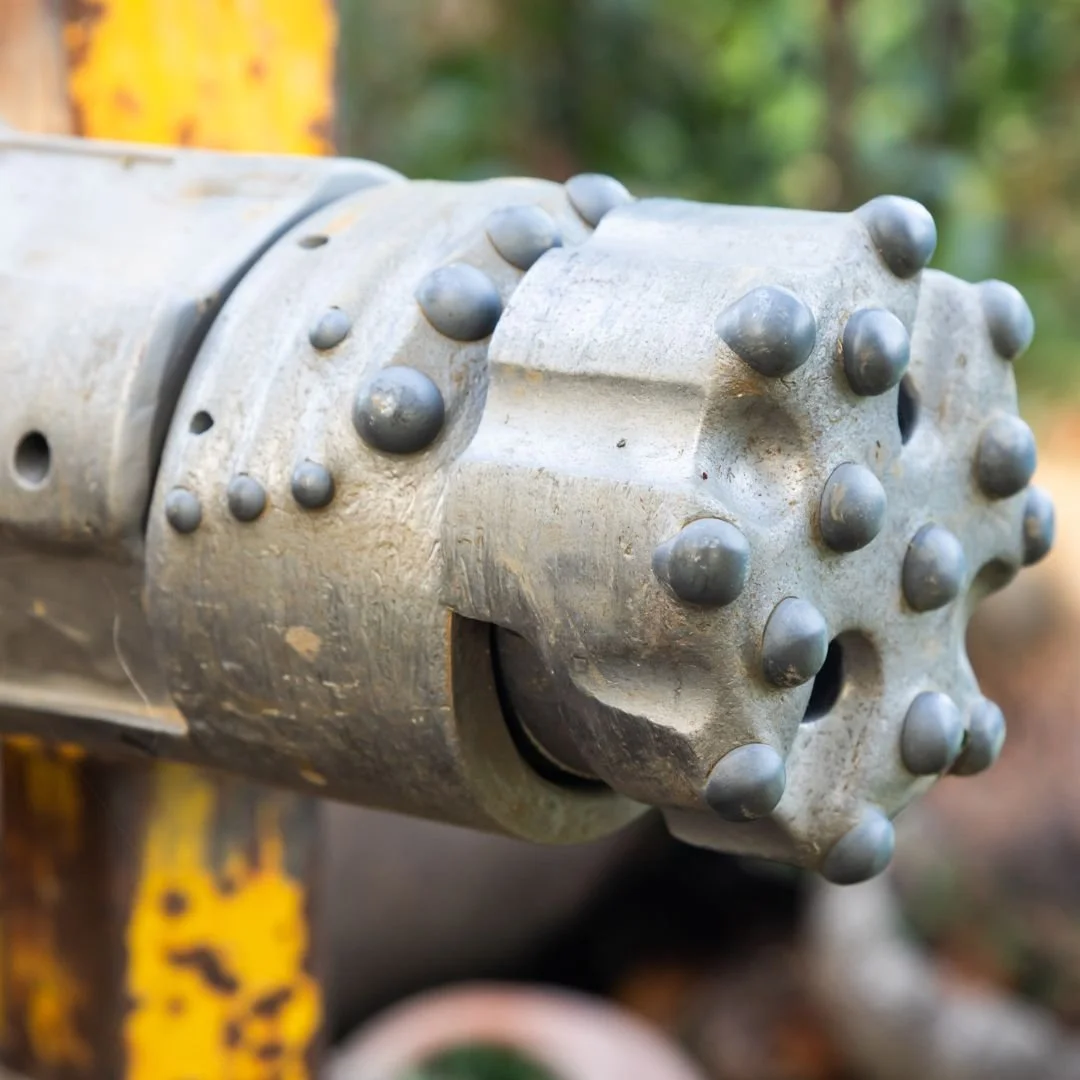The Connection Between Well Depth and Water Quality
For homeowners relying on well water, ensuring a clean and reliable supply is paramount. While factors like aquifer health and well maintenance play significant roles, one critical yet often overlooked aspect is well depth. The depth of a well directly influences the quality of the water it produces, affecting everything from mineral content to contamination risks. Understanding this connection is essential for well owners seeking to optimize their water supply, particularly when considering costly alternatives like drilling deeper wells. This article explores how well depth impacts water quality, offering insights into the geological and environmental factors at play.
How Well Depth Influences Water Access
Wells draw water from underground aquifers—layers of permeable rock or sediment that hold groundwater. The depth of a well determines which aquifer it taps into, and different aquifers can vary significantly in water quality and quantity. Shallow wells, typically less than 100 feet deep, access water closer to the surface, often from unconfined aquifers that are replenished by rainwater. Deeper wells, extending hundreds of feet, reach confined aquifers, which are isolated by impermeable layers like clay or rock. Each depth presents unique advantages and challenges for water quality.
Shallow wells are more susceptible to surface contaminants, such as fertilizers, pesticides, or septic runoff, because they draw from water closer to the ground. Deeper wells, while often protected from surface pollutants, may encounter naturally occurring minerals or gases that affect water taste, odor, or safety. The decision to drill deeper can be tempting, but the well drilling cost in 2025—ranging from $3,000 to $15,000 depending on depth, soil, and location—makes it a significant investment with no guaranteed improvement in quality or yield. Understanding the relationship between depth and quality helps well owners make informed decisions about their water systems.
The Impact of Well Depth on Water Quality
Shallow Wells and Surface Contaminants
Shallow wells, often dug or driven into the ground, tap into aquifers near the surface. These aquifers are more vulnerable to contamination from human activities, such as agriculture, landscaping, or nearby septic systems. For example, nitrates from fertilizers can seep into shallow groundwater, posing health risks, particularly for infants. Bacteria, such as E. coli from animal waste, can also infiltrate shallow wells, especially after heavy rains that increase runoff. These wells may produce water that appears clear but requires regular testing to ensure safety.
The proximity to the surface also means shallow wells are more affected by seasonal changes. During droughts, water levels may drop, concentrating contaminants and affecting taste or odor. While shallow wells are generally less expensive to install, their susceptibility to pollution often necessitates additional filtration or treatment systems, adding to maintenance costs. For homeowners with shallow wells, vigilance in testing and protecting the wellhead is critical to maintaining water quality.
Deep Wells and Natural Minerals
Deeper wells, often drilled beyond 100 feet, access confined aquifers that are shielded from surface contaminants by impermeable layers. This isolation typically results in cleaner water in terms of bacteria or chemical runoff. However, deeper aquifers may contain higher concentrations of naturally occurring minerals, such as iron, manganese, or calcium, which can affect water quality. For instance, high iron levels can cause a metallic taste and orange staining on fixtures, while hard water from calcium can lead to scale buildup in pipes and appliances.
In some regions, deep wells may encounter issues like sulfur, which produces a rotten-egg odor, or naturally occurring arsenic, which poses health risks at high levels. These challenges require specialized treatment, such as reverse osmosis or ion exchange systems, to make the water suitable for household use. While deeper wells may offer better protection from surface pollutants, their water quality depends heavily on the geology of the aquifer, making testing and treatment essential.
Groundwater Flow and Aquifer Interactions
Well depth also influences water quality through groundwater flow dynamics. Shallow aquifers often have faster flow rates, as they are directly recharged by surface water, which can carry contaminants. Deeper aquifers, with slower flow rates due to their isolation, may retain water for years or even decades, leading to higher mineral content as water interacts with surrounding rock. In some cases, deep wells may tap into aquifers with low oxygen levels, fostering anaerobic conditions that promote the growth of sulfur-reducing bacteria, further affecting odor and taste.
The interaction between aquifers at different depths can also impact quality. In areas with complex geology, shallow and deep aquifers may be connected, allowing contaminants to migrate downward over time. Conversely, over-pumping a deep well can draw water from shallower layers, introducing surface pollutants. Understanding these dynamics underscores the importance of regular water testing, regardless of well depth, to identify and address quality issues promptly.
Environmental and Human Factors
Beyond depth, external factors like land use and environmental conditions amplify the connection between well depth and water quality. Agricultural areas with heavy pesticide or fertilizer use pose a greater risk to shallow wells, while urban settings may introduce pollutants like road salts or industrial chemicals. Deeper wells are not immune, as long-term contamination, such as from leaking underground storage tanks, can eventually reach confined aquifers. Climate factors, like heavy rainfall or prolonged droughts, can also alter aquifer recharge rates, affecting both quality and quantity.
Human activities around the wellhead further complicate water quality. Poorly sealed wells or inadequate buffers—such as planting water-intensive trees too close—can increase contamination risks or reduce recharge. For both shallow and deep wells, maintaining a clear, vegetated buffer zone around the wellhead and adhering to local regulations for chemical use are critical steps to protect water quality.
Mitigating Depth-Related Challenges with Testing and Treatment
Regardless of well depth, regular water testing is essential to ensure safety and quality. Annual tests for bacteria, nitrates, and pH, along with periodic checks for minerals or heavy metals, help identify issues early. Shallow well owners may need to focus on biological contaminants, while deep well owners should test for minerals like arsenic or iron. Treatment systems, such as UV purifiers for bacteria or water softeners for hardness, can address specific concerns based on test results.
For low-yielding wells, where depth-related quality issues are compounded by limited output, traditional solutions like deepening the well are often impractical due to risk and high costs. Instead, optimizing the existing well with efficient systems can maintain quality and quantity without significant investment. This is where innovative solutions like the Well Harvester come into play.
The Well Harvester: A Solution for Depth-Related Challenges
The Well Harvester from Epp Well Solutions offers a practical alternative for well owners grappling with depth-related quality and yield issues. Designed for low-yielding wells, this modular system automatically adjusts water draw to match the well’s production rate, preventing over-pumping that could draw contaminants from shallower layers or strain the aquifer. Its compact design and user-friendly interface allow owners to monitor water quality and usage in real time, providing insights to manage treatment needs effectively.
The Well Harvester’s scalability makes it versatile for both shallow and deep wells. Owners can expand storage to meet household demands, ensuring a steady supply even if water quality requires additional treatment. Its low-maintenance operation reduces the need for frequent interventions, making it ideal for homeowners seeking to maintain water quality without the expense of deepening their well. By optimizing the existing well’s output, the Well Harvester mitigates the challenges of depth-related quality issues, offering a cost-effective solution compared to drilling deeper.
Practical Steps for Well Owners
To optimize water quality in light of well depth, consider these strategies:
Test Regularly: Conduct annual tests for bacteria, nitrates, and pH, and periodic tests for minerals or heavy metals, tailored to your well’s depth.
Protect the Wellhead: Maintain a clear, vegetated buffer zone to prevent contamination from runoff or nearby activities.
Install Treatment Systems: Use filters, softeners, or purifiers based on test results to address specific quality issues.
Manage Water Usage: Avoid over-pumping by aligning household demand with the well’s capacity, using efficient systems like the Well Harvester.
Consult Professionals: Work with experts to assess your well’s depth, aquifer, and local geology to guide maintenance and treatment decisions.
These steps help ensure clean, safe water, regardless of whether your well is shallow or deep.
Long-Term Considerations
The connection between well depth and water quality underscores the need for proactive management. Shallow wells require vigilant protection from surface contaminants, while deep wells demand attention to mineral content and geological factors. Both require regular maintenance to sustain quality over time. By combining smart practices with advanced systems, well owners can avoid the high well drilling cost and maintain a reliable supply.
Investing in solutions like the Well Harvester enhances long-term water quality by optimizing well performance and reducing reliance on costly depth modifications. This approach not only preserves the aquifer but also ensures the water remains safe for household use, supporting health and peace of mind.
Well depth plays a pivotal role in determining water quality, influencing everything from contamination risks to mineral content. Shallow wells face challenges from surface pollutants, while deep wells contend with natural minerals and geological complexities. By understanding these dynamics and implementing regular testing, targeted treatments, and efficient systems, well owners can maintain high-quality water without resorting to expensive drilling. The Well Harvester from Epp Well Solutions exemplifies how modern technology can address depth-related challenges, offering a compact, scalable solution for low-yielding wells. For well owners, balancing depth considerations with proactive management ensures a clean, reliable water supply for years to come.


